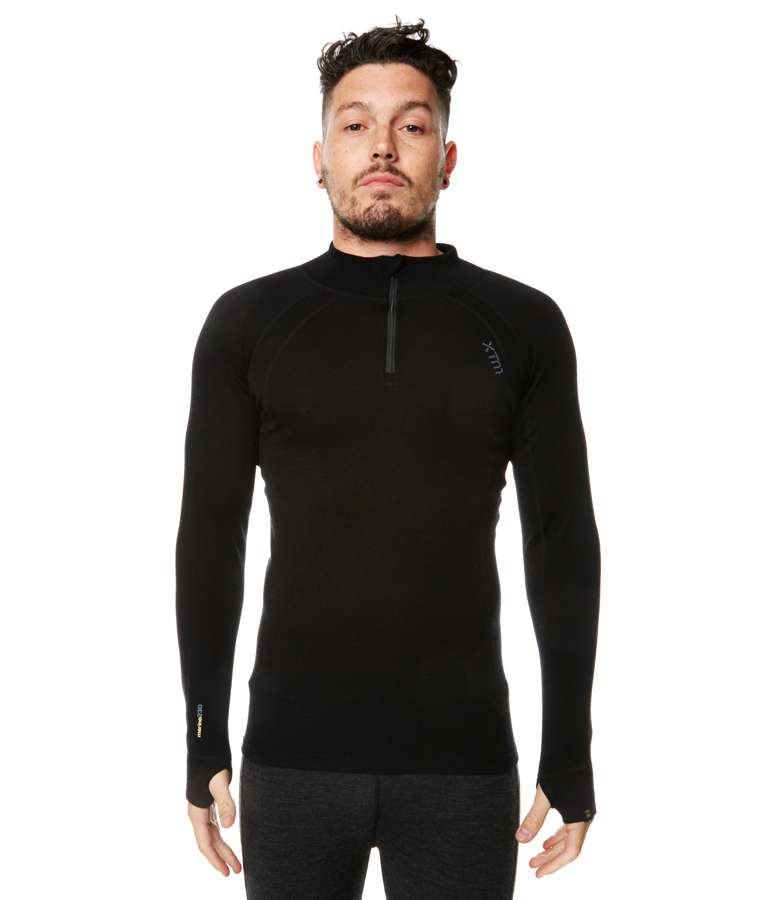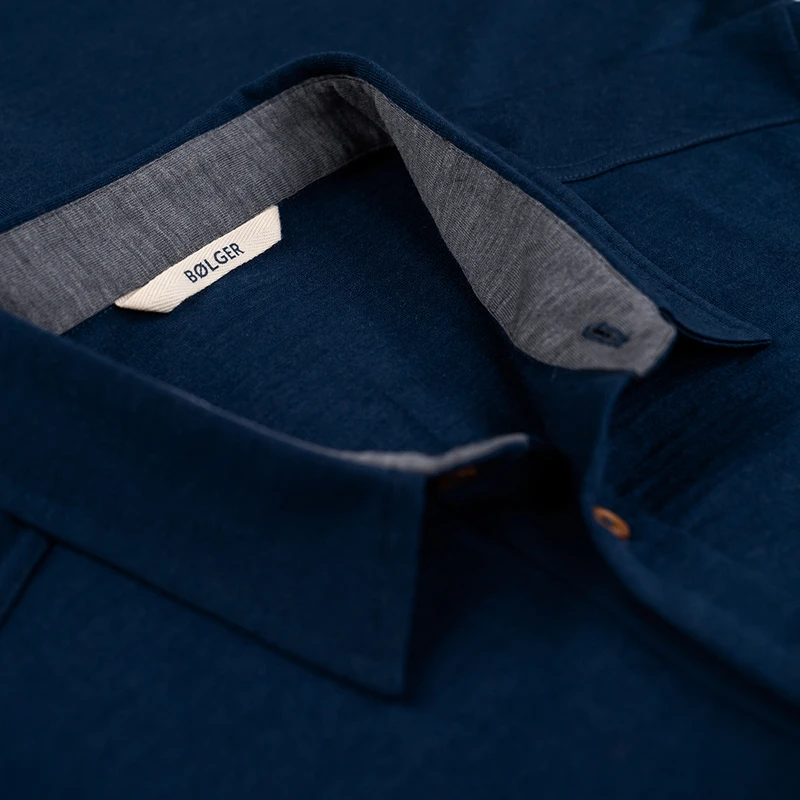New Bamboo Clothing Info
Wiki Article
What Makes Yak Merino Wool Base Layers Beneficial For Winter Sports Clothing In Terms Of Natural Fiber Benefits?
The natural fibers as well as the environmental sustainable nature of Yak Merino Wool Base Layers makes them a great option for winter sports clothes.
Both merino and yak are natural fibers made from animals. They are renewable resources that can be harvested sustainably without harming animals. They are biodegradable fibers which means they can be degraded naturally, without harming the environment.
Low Environmental Impact
Natural fibers have generally lower environmental impact than synthetic materials. The harvesting and cultivation of wool involves fewer chemicals and less non-renewable materials when compared to synthetic fibers.
Efficiency of Energy Efficiency-
Wool fibers are processed with less energy as compared to synthetic fibers. Natural wool has a relatively low energy consumption, which helps reduce carbon dioxide emissions.
Minimized Microplastic Pollution
Natural wool fibers don't pollute water bodies with microplastics like synthetic fibers.
Recyclability and durability
Yak merino wool garments are typically durable and last for a long time and can last for a longer time, which extends their life. Wool fibers can also be recycled or repurposed to lessen waste and impact on the environment.
Sustainable Practices
Certain wool producers follow ethical and sustainable practices. This involves ensuring the welfare of animals and responsible management of the land. Also, they ensure the fairness of labor and working conditions for workers who are involved in the production.
Environmental Certification-
Certifications like the Responsible Wool Standard and the Global Organic Textile Standard verify ethically and environmentally responsible methods used in the production of wool. It gives consumers confidence regarding sustainability.
In general, the base layers made of yak wool merino have a minimal impact on the environment, are manufactured using renewable resources and are based on the highest standards of sustainability and ethical conduct in their entire supply chain. If you select natural fibers, such as yak merino for winter sports apparel, you are supporting environmentally sustainable and sustainable practices for consumption. See the top rated merino wool base layers for more examples including spyder baselayer, minus 33 base layer, smartwool long underwear, smartwool men's classic thermal merino base layer crew, merino wool thermals women's, best base layer for skiing, merino undershirt, baselayer bottom, first lite merino wool base layer, airblaster merino ninja suit and more.

What Are The Benefits Of Bamboo Clothing In Terms Of Durability, Comfort And Sustainability? For Outdoor Winter Clothing?
Bamboo clothing provides many benefits when it comes to outdoor winter clothes in terms of sustainability, comfort and safety. Comfort
Bamboo fabric is renowned for being smooth and soft. It's gentle to the skin. Its soft and luxurious feel is frequently likened to that of silk or cashmere.
Moisture-Wicking- Bamboo fibers contain moisture-wicking properties, removing moisture away from skin and keeping the wearer dry and comfortable in physical activity.
Thermal Regulation- Bamboo clothing has natural temperature-regulating properties, providing warmth in winter while remaining breathable to prevent overheating.
Sustainability-
Bamboo is renewable and can be grown very quickly without using pesticides. It is quick to regenerate and is therefore a good choice for sustainable clothing.
Bamboo farming has a lower ecological impact than cotton cultivation. Bamboo doesn't reduce soil nutrition and needs less water. Bamboo releases more oxygen and absorbs CO2 compared to any other plant.
Protection for Outdoor Wear-
UV Protection- Bamboo fabric is UV-resistant and has inherent properties that provide natural protection against harmful UV ultraviolet rays.
Bamboo is a natural antimicrobial, called "bambookun," and it assists in preventing the growth of bacteria which cause smell. This helps keep clothes fresher for a longer period of time, especially during outdoors activities.
The Other Benefits
Durability- Bamboo fibers can be tough and durable, making them suitable for outdoor wear that could be subject to a rigorous use.
Biodegradability Bamboo clothes are biodegradable. It will be degraded naturally at the end of its lifespan, which reduces its environmental impact.
Bamboo fabric is a great option for outdoor winter clothing. It is comfortable, thermal regulation and moisture control. Check out the most popular bamboo clothings hints for blog tips including onno bamboo shirts, bamboo baby pajamas, bamboo family pajamas, bamboo newborn clothes, bamboo yoga pants, cotton bamboo pajamas, childrens bamboo socks, bamboo sweatpants, sustainable bamboo clothing, bamboo boxer shorts for men and more.

What Are The Main Differences Between Bamboo And Merino Clothing?
Merino Wool Bamboo Clothing, Regular Wool are distinguished by distinct characteristics that make them distinctive.
Merino wool's fine fibers are soft, and they feel great against your skin. It's less likely to trigger itching or irritation compared to traditional wool.
Merino wool is extremely effective in drying out moisture, which allows it to evaporate. This keeps the wearer cool and comfortable.
Merino Wool is an excellent insulation that can provide warmth even in wet conditions. It regulates temperature and offers insulation for cold weather, and allows for breathability during hot weather.
Odor Resistant - It blocks the expansion and growth of odor-causing bacteria, so garments stay fresh for longer.
Bamboo Clothing
Softness Bamboo clothing is silky soft feel which is often compared to cashmere or silk. Bamboo is a soft material that offers a pleasant wearing experience.
Bamboo fabric is moisture wicking and draws moisture away from the skin, keeping the wearer dry.
Temperature Regulation- Bamboo clothing has natural temperature-regulating abilities, offering warmth in winter and breathability to prevent overheating.
Sustainable Bamboo - Bamboo is a fast growing plant and is free of pesticides or fertilizers. Bamboo is biodegradable and has a minimal impact on the environment.
Wool Regular
Texture. Wool is traditionally available in a variety of textures. Some are rougher and may cause irritation or itchiness.
Warmth- Wool is a great insulation, but it feels heavy and bulky.
Absorption of Moisture - Wool is able to absorb water, which makes it less effective at wicking moisture as bamboo and merino. But, it keeps warmth even when damp.
Summary The softness of Merino Wool makes it odor and odor resistant. It also provides excellent moisture wicking. Bamboo clothing offers a soft feel, moisture-wicking capabilities, climate regulation, and sustainability. Regular wool has different textures but may not have as much softness or moisture wicking capability as merino clothing or bamboo clothing, but will offer warmth and insulation. Each material is unique and can be tailored to different styles of winter clothes. Take a look at the best merino winter clothings blog for website recommendations including smartwool quarter zip, best long underwear for skiing, best base layer for skiing, merino wool long underwear women's, smartwool merino 250, smartwool 1 4 zip, merino wool undershirt, smartwool 250 base layer women's, ski thermals womens, smartwool 250 women's and more.
